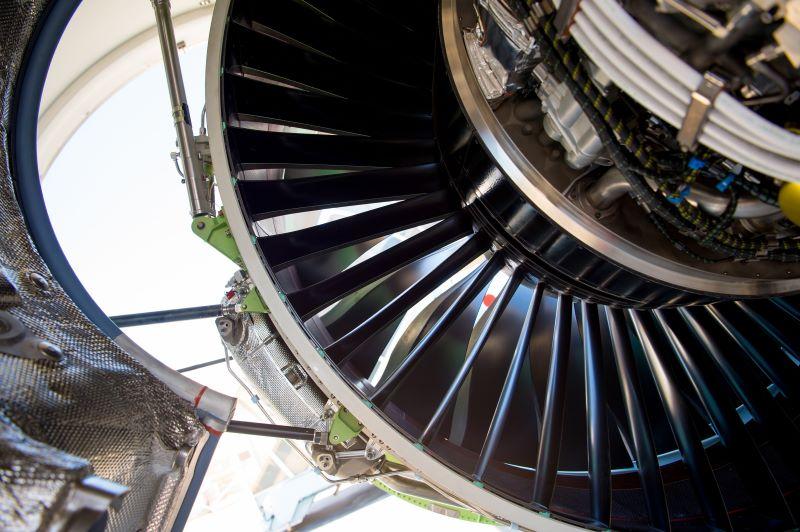
Credit: Airbus SAS 2017 Alexandre Doumenjou - master films
A new FAA draft rule would codify Pratt & Whitney’s recommended next steps for PW1100G engines affected by contaminated material, setting inspection intervals for more parts, adding new parts, and flagging engines the manufacturer believes have them installed. The FAA notice of proposed rulemaking...
Subscription Required
This content requires a subscription to one of the Aviation Week Intelligence Network (AWIN) bundles.
Schedule a demo today to find out how you can access this content and similar content related to your area of the global aviation industry.
Already an AWIN subscriber? Login
Did you know? Aviation Week has won top honors multiple times in the Jesse H. Neal National Business Journalism Awards, the business-to-business media equivalent of the Pulitzer Prizes.





